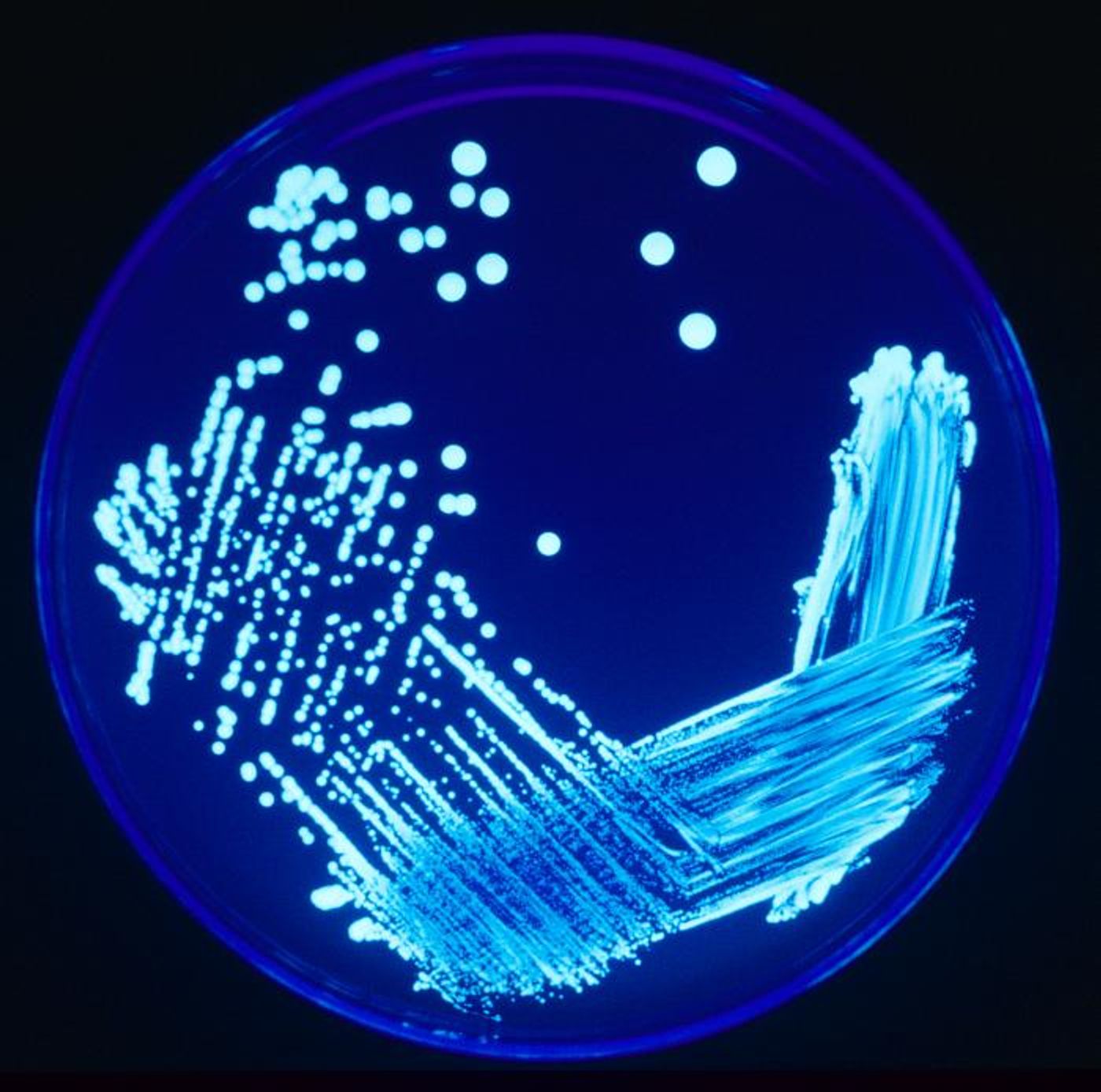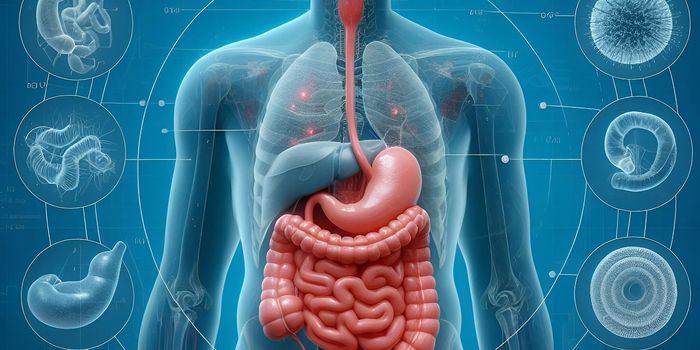New Challenges in Antibiotic Development are Discovered
Antibiotics are a crucial tool in the fight against bacterial infections. But the World Health Organization has long warned that we are facing an antibiotic crisis. Bacteria can easily adapt, evolve, and share genes with one another so that they can resist the effects of antibiotic drugs. And more and more so-called frontline antibiotics are becoming less effective against common bacterial pathogens. The race is on to develop new, safe, and effective antibiotics, but that is a challenging prospect. Now scientists have found even more reasons to be concerned.
Two new studies reported in Nature Microbiology and Science Translational Medicine have shown that bacteria can become resistant to novel antibiotics even before they are widely deployed, which means that many new antibiotics will be at an immediate disadvantage, and may not be particularly effective against bacterial pathogens.
"New antibiotics are often marketed as resistance-free, but this claim relies on limited data," said the senior author of both studies, Csaba Pál, PhD.
This study has highlighted a serious issue with the prioritization of antibiotics that can fight a huge range of pathogens or broad-spectrum antibiotics, instead of antibiotics that can work over a long period of time, explained Pál. "While many new antibiotics indeed offer a broader spectrum, this doesn't guarantee they will remain effective in the long run in clinical use."
In these studies, the researchers focused in five bacteria that often cause infections in hospitals, and used them to evaluate eighteen different antibiotics, some of which are newly available while others are still in development. This work showed that resistance to drugs arose in virtually every strain of bacteria that was tested, which was more than expected. It was once thought that teixobactin, for example, would be a game-changing drug that bacteria were less likely to resist, but bacteria were found to readily adapt and resist teixobactin. This adaptation also led to increased resistance against other antibiotics.
The team also unfortunately found that some bacteria may already carry resistance to some of these drugs since so many previously popular antibiotics have been misused so widely. There are similar mechanisms of resistance that enable microbes to evade multiple drugs; one resistance mechanism may be carried on a shared gene, and allow bacteria to evade many different drugs with that one tool.
The studies have suggested that researchers need to alter how they are developing antibiotics. They noted that resistance predictions should be integrated into development, along with a kind of genetic monitoring to watch for resistance that can evolve. These efforts may aid in the creation of tougher antibiotics that are harder for bacteria to beat. More narrow-spectrum antibiotics may also prove to be hardier over time.
"Some new antibiotics show more promise than others, as resistance develops more slowly or only in specific bacterial species. Understanding why these drugs perform better is the next crucial step," added study co-author Lejla Daruka, PhD.
Sources: HUN-REN Szegedi Biológiai Kutatóközpont, Science Translational Medicine, Nature Microbiology









